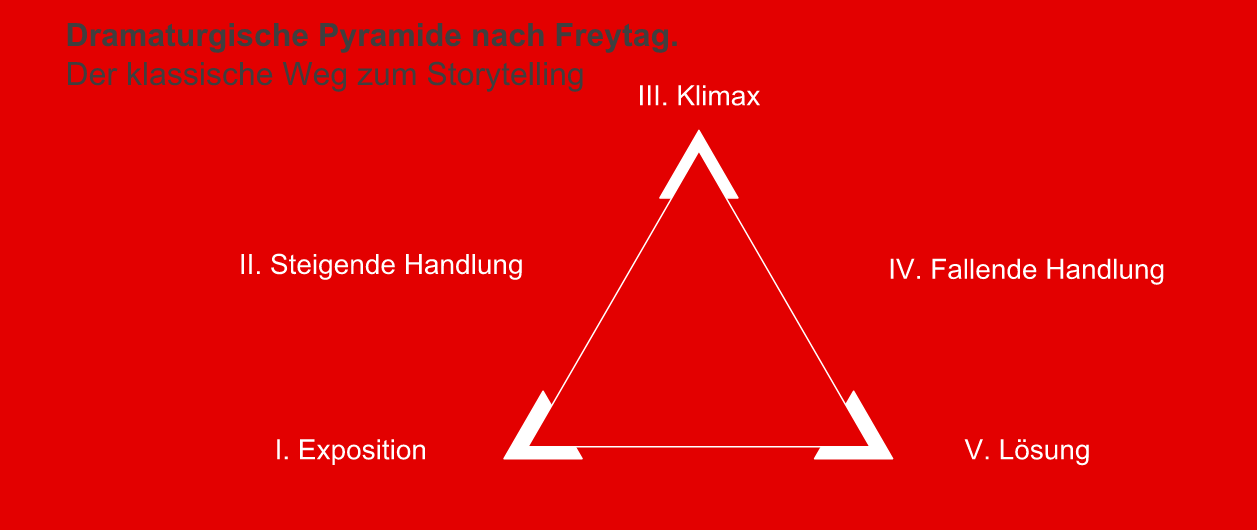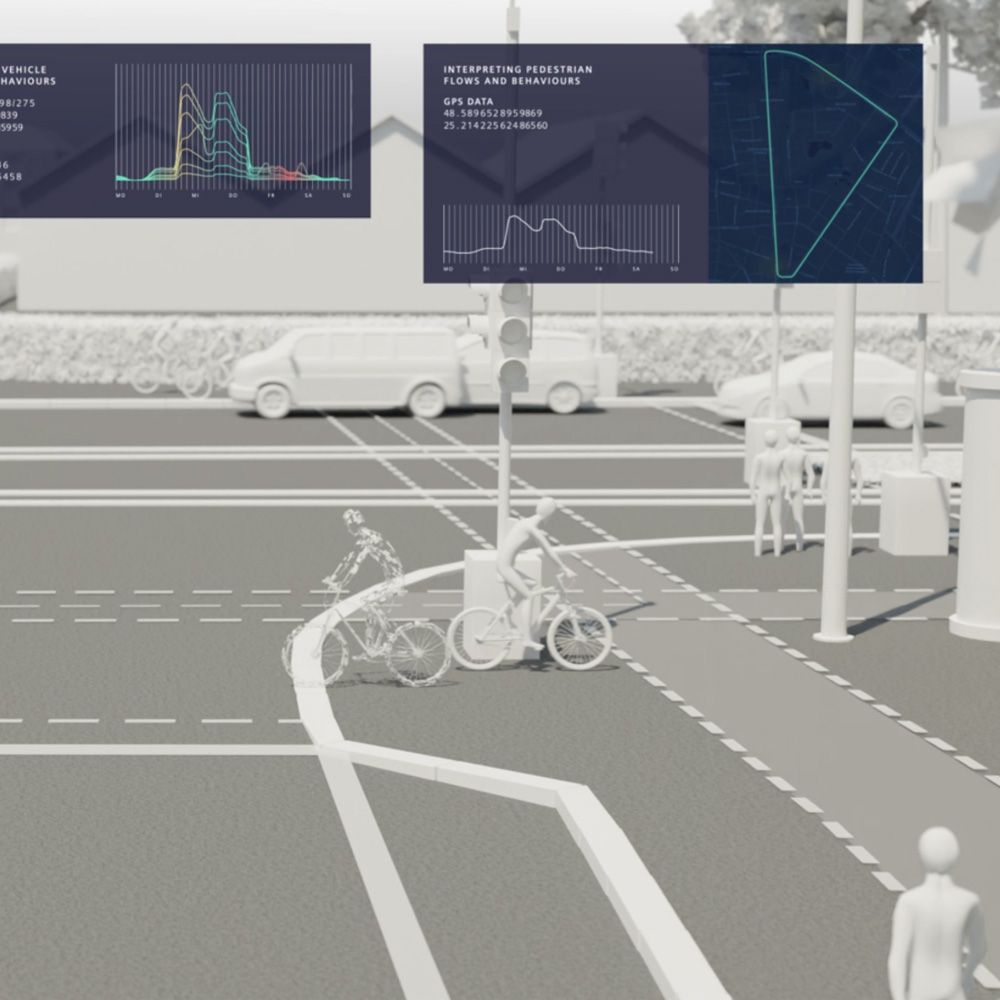Storytelling: Stories that inspire customers
We show you how storytelling is planned and can reach the user
The constant change of social media is now the course of events. The organic reach is decreasing, the news stream is fading into the background and users are fleeing into private communication. Without relevant content, the much-praised personalised approach is no longer necessary for brands. Yet brands are already doing the right thing on TV and are focusing on emotional stories. In the SuperBowl, storytelling even beats the old "Sex Sells" premise.

What is Storytelling?
Storytelling used to mean telling fairy tales and is certainly not a new trend. What is new, however, is the expansion to areas outside of social media and TV spots. From pitch presentations to campaigns and product development - good stories touch and convince the listener more than any slide with bullet points. Because our society lives from stories we tell each other and good targeting may be as accurate as it is, it almost never captures our hearts.
What sounds obvious has a neurological background. An exciting story that ends well ensures that dopamine is released. And when it comes to sweet animals and beautiful moments, oxytocin is released, which increases empathy. While a PowerPoint presentation merely prompts the speech centre to give meaning to the words shown on a slide, stories get the entire brain working and all the senses are addressed subconsciously. These natural advantages are difficult to achieve with business buzzwords.
But how do you write good stories?
For this purpose I completed an online course at IDEO University in February. The Silicon Valley innovation agency IDEO has established the topic of Design-Thinking and Human-Centered Design worldwide and now passes on its knowledge in online courses.
Lesson 1 – Structure of the basic framework
Before history comes the draft. The empathic understanding of the target group is central and follows the human-centered design approach. For a successful design IDEO recommends a 3-step approach.
1. The building plan
A good story is like a house. Both need a well thought-out building plan. That works best if you know who you're dealing with. To get a better understanding, it helps to think about the deeper needs of the target group and at the same time to think about how to get these people to change
2. The big idea
What is the essence of the poodle? And what should the target group definitely remember? This question should be asked at the beginning of the briefing in order to build the story in a structured way. Intermediate goals help to question the own big idea:
- Is it about a problem that can be solved together?
- Is it captivatingly formulated so that the audience wants to get straight down to work?
- Is it to the point that no further explanation is needed?
3. The medium
In the digital industry, PowerPoint presentations are a learned way to tell stories. But if you really want to stay in the listener's memory, you should think beyond slides. From embedded videos, interactive websites to analog walk-in labs where ideas can be tried out directly, there are no limits to creativity.
Lesson 2 – From prototype to masterpiece
The step-by-step development of a prototype is a wonderful tool to go from a mere idea to a stirring story. Even if it takes some effort to show an unfinished version to others, it helps to get a new perspective.
For prototyping, the simplest means are sufficient. The goal is to get the thoughts on paper and find a common thread. Either you use the voice message function of your smartphone and tell the story yourself. Or you write notes on post-its and after a short time you will start to reorganize and quickly see the common thread.

Once the first raw version is created, it is worthwhile to get feedback from others. Besides a joint review of the post-its, the best tip from IDEO is certainly the "Bar Exam". Together with colleagues you meet in the next bar and tell your story and then ask for feedback. What sounds trivial helps to shape the story and get feedback in a relaxed atmosphere. The following questions are central:
- What did you remember?
- Why do you have questions?
- What touched you?
Now we go back to the desk to incorporate the feedback and formulate the story.
Lesson 3 - The finishing touches
In order to make history come alive, the tonality of the performance must travel with it. These six tips help to give weight to the story.
- Real personas and examples bring the story to life.
- The audience is moved by passion and conviction.
- Anecdotes that transport the listener into the story help the target group understand what they have just heard.
- Images and metaphors reinforce the emotional character of a lecture and help the audience to immerse themselves in the stories - and the argumentation.
- Integrate a call-to-action!
- Only those who are inspired again and again can inspire others.
This is how storytelling can help to tell convincing stories. Not only in presentations, but everywhere in the digital environment. Only those who write a story with empathy and customer understanding will be convincing later.
Happy Storytelling!










